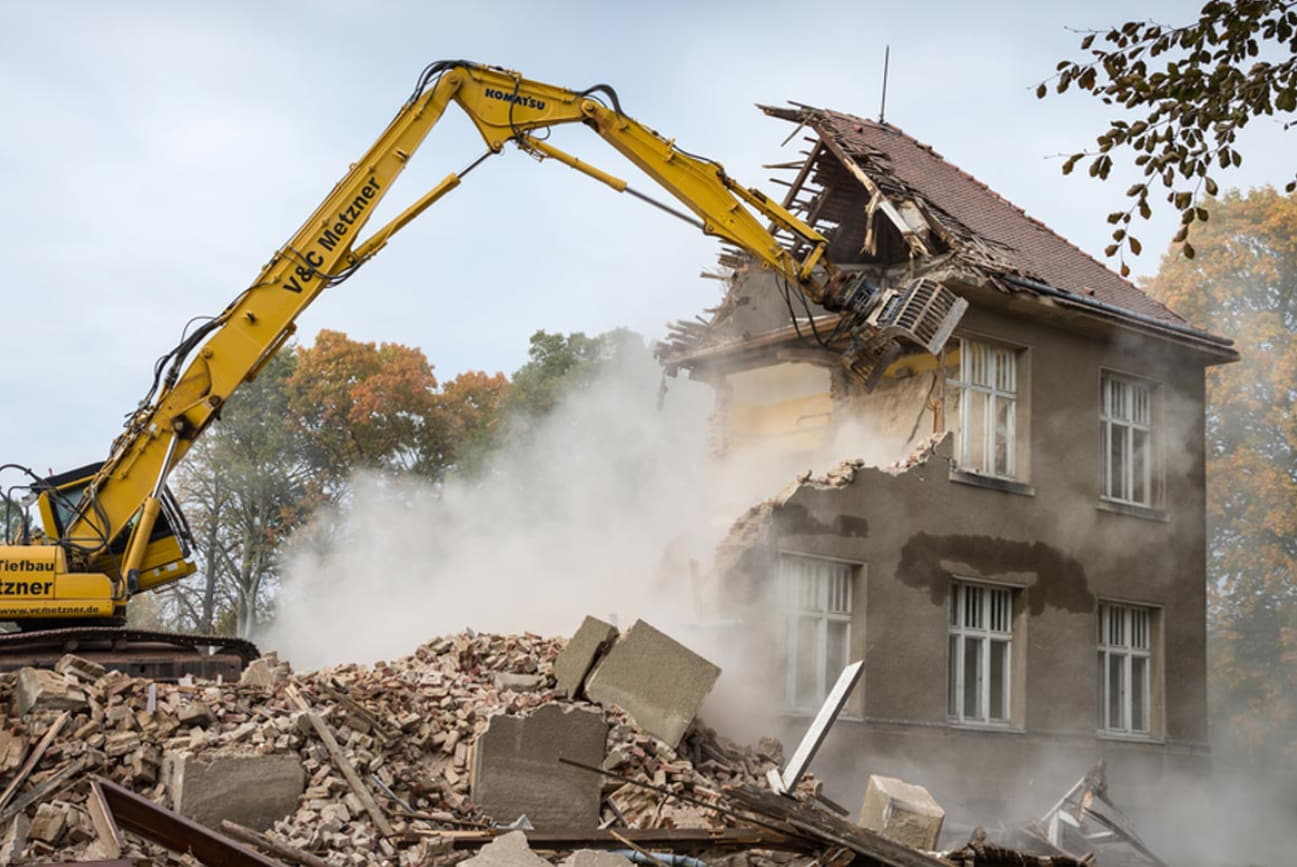
House demolition in Toronto can be a complex and intricate process that requires careful planning, coordination, and execution. Whether you’re looking to tear down an old, dilapidated structure or make way for new construction, understanding the step-by-step process of house demolition is essential. In this blog post, we’ll walk you through the key steps involved in demolishing a house in Toronto.
1. Initial Assessment and Planning
The first step in the house demolition process is to conduct an initial assessment of the property and develop a demolition plan. This involves evaluating the condition of the structure, identifying any hazards or obstacles, and determining the most efficient and safe method of demolition. Permits may also need to be obtained from the city of Toronto before work can begin.
2. Utility Disconnection
Before demolition can commence, all utilities serving the property must be disconnected. This includes electricity, gas, water, and sewer lines. It’s essential to coordinate with utility providers to ensure that disconnections are done safely and according to regulations.
3. Salvage and Recycling
Once utilities are disconnected, any salvageable materials within the house, such as doors, windows, fixtures, and appliances, may be salvaged for reuse or recycling. Salvage and recycling efforts help minimize waste and reduce the environmental impact of demolition projects.
4. Structural Demolition
With utilities disconnected and salvageable materials removed, the structural demolition of the house can begin. This typically involves using heavy machinery such as excavators or bulldozers to demolish the house in a controlled manner. Care must be taken to ensure that debris is contained and disposed of properly to prevent any hazards or environmental contamination.
5. Debris Removal and Disposal
Once the house has been demolished, debris must be removed from the site and disposed of appropriately. This may involve hauling debris to a landfill or recycling facility for disposal or recycling. Contractors will ensure that debris removal is done safely and efficiently, minimizing disruption to the surrounding area.
6. Site Cleanup and Restoration
After debris removal, the site will be cleaned up and prepared for future use. This may involve grading the land, removing any remaining debris or hazardous materials, and restoring the site to its original condition. Site cleanup and restoration ensure that the property is safe and ready for redevelopment or construction.
Conclusion
House demolition in Toronto is a multi-step process that requires expertise, experience, and careful planning. By following the step-by-step process outlined above and working with a reputable demolition contractor, you can ensure that your demolition project is completed safely, efficiently, and according to regulations.
